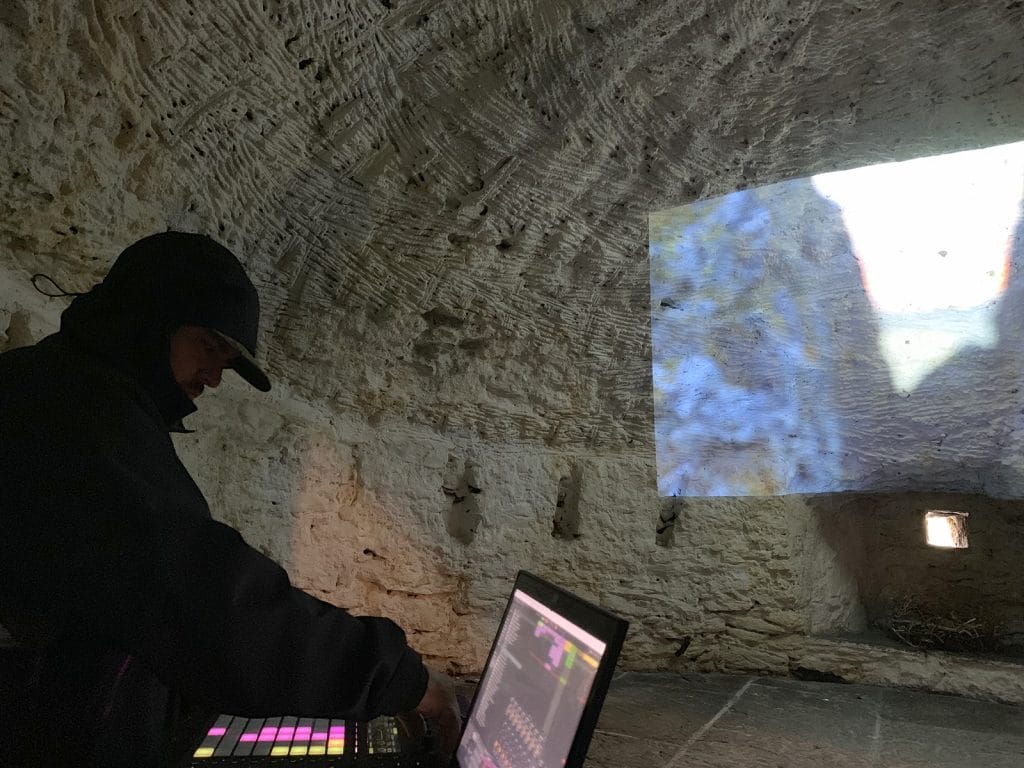In 2011, ee portal (Elyse & Emilio Portal) initiated their collaboration with the multidisciplinary work, advanced life support unit, at the University of Victoria. As part of the installation the duo deconstructed the space, removing the gallery door to project shadow, a video that documents the movements of a woman (and friend) who was told she would never move her body again after a severe spinal cord injury. In the face of great adversity, she slowly regained access to her body through a movement therapy based on physics and somatic studies, called Feldenkrais. Founder, Moshe Feldenkrais said, “We move according to our perceived self-image.”
As numerous life supporting structures now face ecological paralysis, what does it take to adjust our collective self-images that consume so much of our planet? ee portal are continually motivated by the courage of this woman to recover her body – piece by piece, starting with the smallest movements.
While Elyse and Emilio have their own independent ecological art practices, ee portal offers a third space to collectively exchange, stimulate, and coalesce diverse approaches and perspectives to issues that are massively intangible, such as the Anthropocene and the 6th Mass Extinction.
Their methods of working are fluid, spontaneous and encompass many fields including philosophy, poetry, spirituality, ecology, performance, sound, video, sculpture, painting and craft.
They often employ a large old smoky canvas, naturally extracted plant dyes and fibres, cryptic field recordings and alternative sources of energy.
ee portal are inspired by many contemporary artists including Francis Alys, Joseph Beuys, Rebecca Belmore, Beth Carruthers, Lynda Gammon, Ann Hamilton, Kimsooja, Richard Long and Wolfgang Laib.
The ecological philosophy of Timothy Morton has been influential to their practice, including their 2019 summer residency at the Burren College of Art, County Clare, Ireland.
In 2022, ee portal was commissioned to created a place-based piece for the Bawaadan Collective.
Video:


